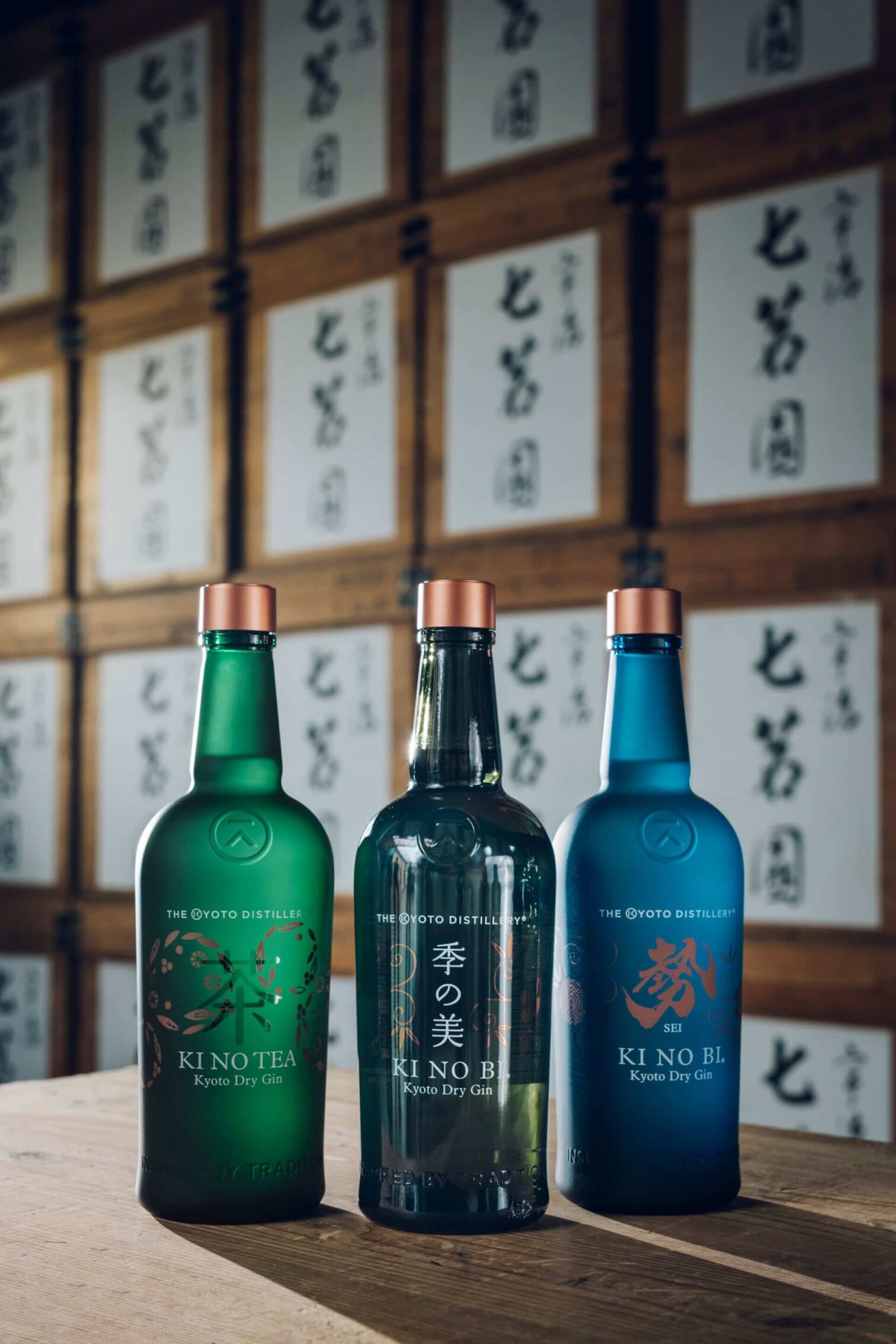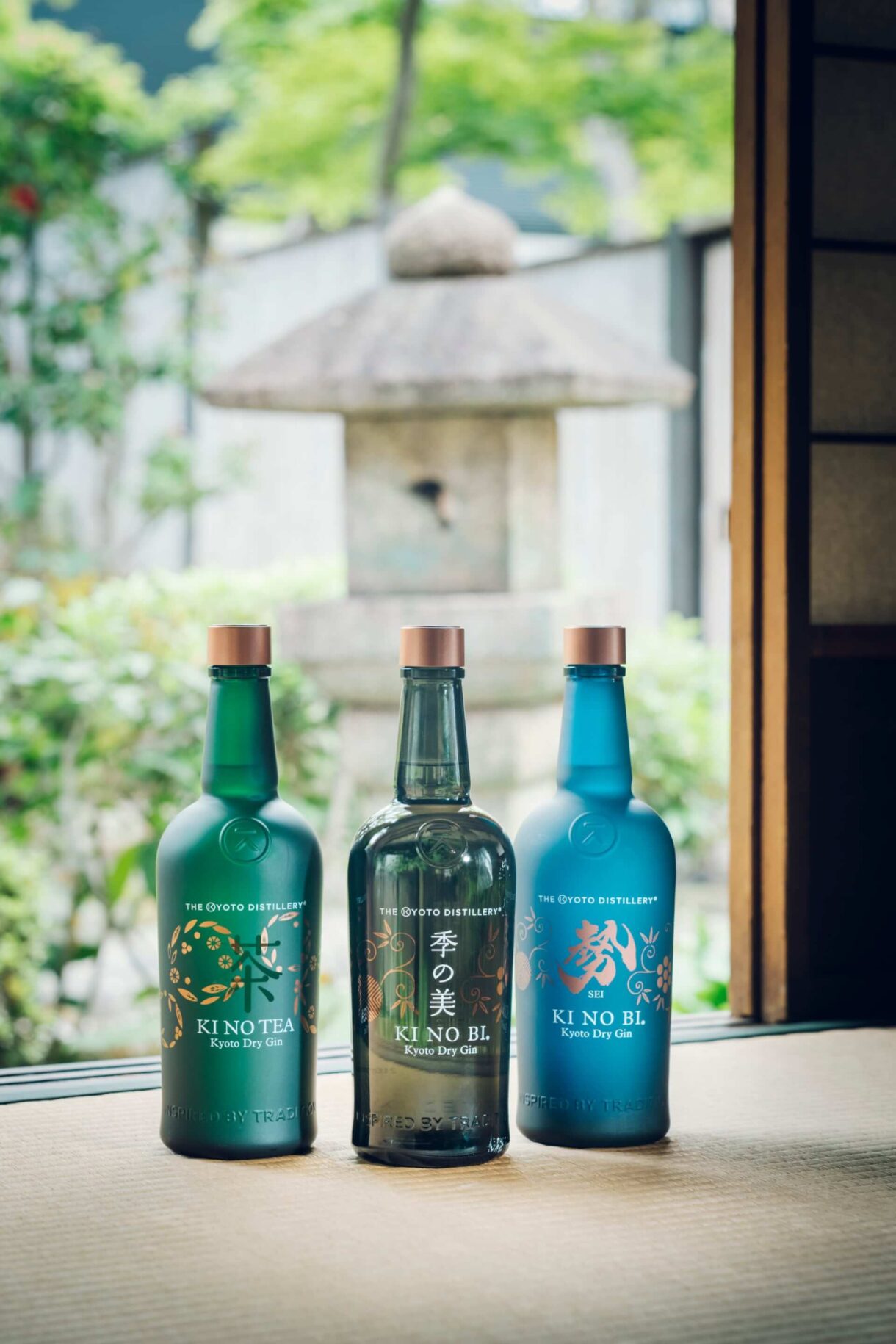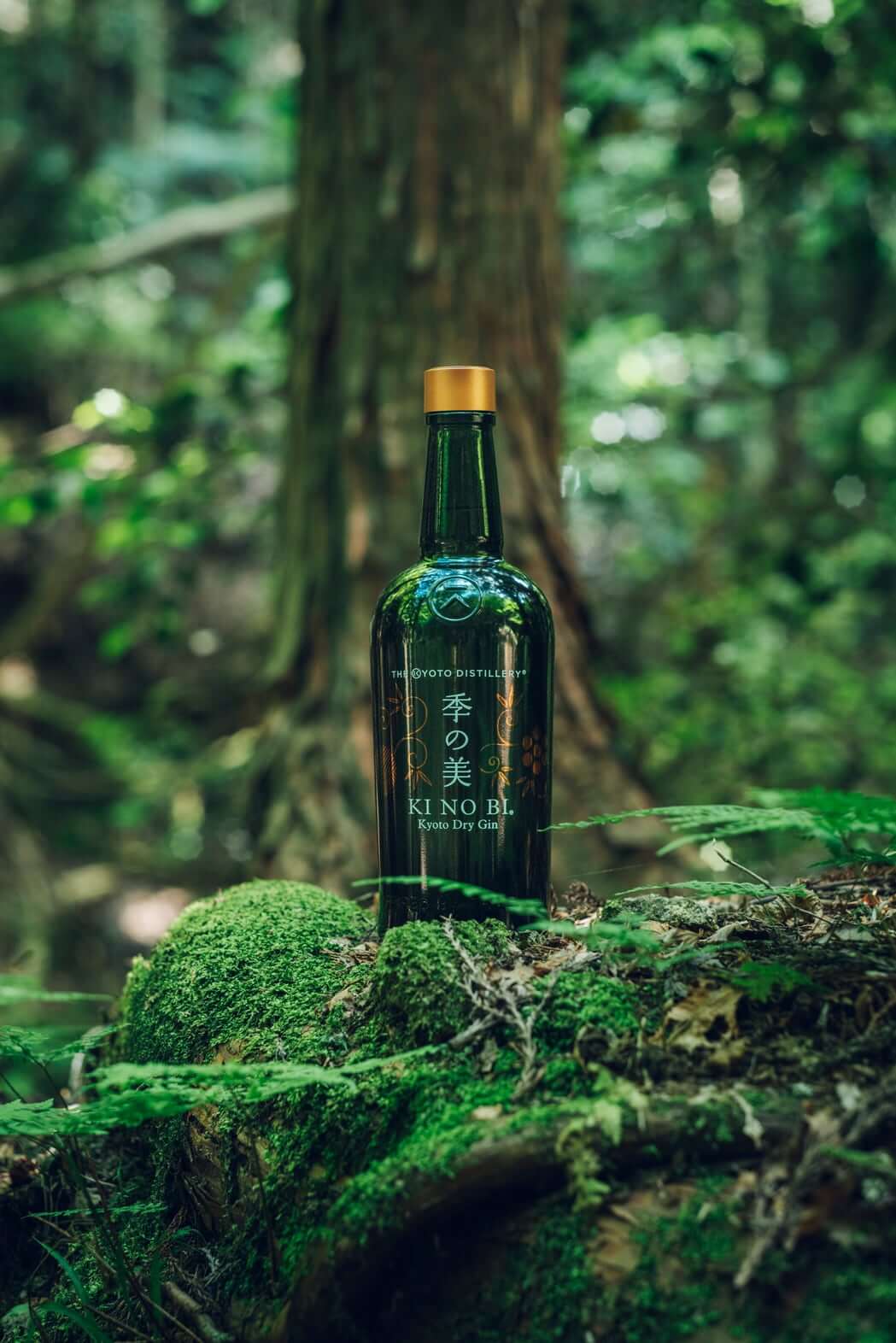KI NO BI – A Kyoto-style Pursuit of Perfection
Started as Japan’s first gin-only distillery, KI NO BI has quickly become a favorite among gin connoisseurs.

With its distinct Japanese taste, derived from 11 botanicals including yuzu, sancho pepper, ginger and gyokuro tea leaves, it has spearheaded the country’s recent gin boom.
Adrien Timpano is the Frenchman who, after four years in Stockholm, decided to return to Japan – the country he lived in for six years before his detour to Sweden. Adrien is Head of Marketing at KI NO BI, so we met with him to learn more about one of the more recent additions to The Absolut Group’s portfolio of gins.
What’s the story behind KI NO BI?
The Kyoto Distillery was founded in 2015 in Japan’s ancient capital from which it draws its name. Soon after, they released KI NO BI Kyoto Dry Gin, which is still a small-batch, artisanal gin with a very Japanese heart, made with the obsessive attention to detail, care and precision associated with the finest Japanese craftsmanship. It’s made from a high-quality rice spirit and uses botanicals from Kyoto such as yuzu, lemon, sansho pepper, ginger and gyokuro tea sourced at the peak of the season from local producers. The name KI NO BI, in fact, translates to ‘The Beauty of the Seasons’ in Japanese.

What distinguishes a Japanese gin from others?
The Kyoto embodiment of KI NO BI has always been central, so we actually prefer to talk about Kyoto Dry Gin rather than simply Japanese gin. In fact, the Kyoto Distillery was the first gin-only distillery in Japan. Because it’s made in Kyoto, we can make use of the world-famous Fushimi water and the various fruits, spices, and teas of the region. It also allows us to collaborate with local artisans whose families have perfected their craft over 10 generations or more.
Can you describe the taste and aroma of KI NO BI Kyoto Dry Gin?
We spent a lot of time perfecting our recipe to ensure absolute harmony between the various botanicals and to make sure that our gin speaks of its home in Kyoto. KI NO BI Kyoto Dry Gin has a recognizably dry gin flavour, but with a Japanese accent. It’s pure and perfectly balanced with distinctive aromas of sansho (Japanese fresh pepper), yuzu, gyokuro tea, and a lingering finish of light ginger spice. Additionally, the rice base spirit provides a velvety texture and some hints of sweetness.
How is it typically served?
Because we want to respect the hundreds of years of work of our artisans, and because we are confident in our gin, we want to preserve its delicate and complex aromas. That’s why our go-to serve for the Kyoto Dry Gin is simple: soda. I prefer soda over tonic, in order not to hide any flavours and overpower the palate with unnecessary sweetness. And for the garnish, it’s the same; you can do without any. Simple is best.
KI NO BI is considered an ultra-premium gin. What sets it apart from gins in categories below ultra-premium?
For KI NO BI, it is the relentless pursuit of quality and the fact that we don’t take shortcuts in the way we source ingredients and produce our gin. In total, we use eleven botanicals in our Kyoto Dry Gin recipe, and all except two come from the Kyoto prefecture. All are sourced at their peak from producers we know and respect, and we visit them regularly and make sure that we maintain strong relationships. In some cases, we even pick the botanicals ourselves, by hand.
Passion can help break barriers, so when you meet people who are passionate, it’s easier to connect and have a great time together.
It must require intricate craftsmanship to work with that many different ingredients.
It does. We group our botanicals into 6 elements or groups based on their profile, and, since they are distilled separately, the type of distillation they require. Indeed, since we only work with natural ingredients from small producers, the taste, sweetness, acidity, and so on can fluctuate from one year to the next. We have to adapt to that and work alongside the natural shifts.
Finally, and quite importantly since water makes up for more than 50% of our final liquid, we also put great care into our blending water. It comes from the Fushimi region of Kyoto, well-known for its use in sake production and for being located just above a large underground well, filled with high-quality mineral-rich water. All of this makes a massive difference.


What does conviviality mean to you and how does it translate to the KI NO BI brand?
For me, I think it is about working with passion. We share a passion and love for craftmanship both with the local producers from whom we source our ingredients and with the KI NO BI drinkers. Passion can help break barriers, so when you meet people who are passionate, it’s easier to connect and have a great time together.
Conviviality is also about taking care of each other, and, of course, our environment. That’s why we try to have as little impact as possible on the planet in everything we do, from sourcing most of our ingredients from our hometown to ensuring that our production is as clean as it can be. We’ll always try to improve those aspects. Again, we are ‘Born of Kyoto’, and we want to work in harmony with what makes this historic city so special: nature.
How do you connect with the KI NO BI drinkers?
We always invite our drinkers to tune in to the subtlety of Kyoto, either through our gin or by visiting our stunning city. For visitors, I really recommend our Brand Home, situated in the heart of the city. It’s an old Kyoto-style tea house with a lot of history. Here, you can sample all of our old editions, and we actually have an exclusive Brand Home edition, which uses the water well located right beneath the house and its Kyoto-style garden.
Some visitors are also ‘Element members’ with a membership that lets you enter the ‘Gin Palace’ room in our Brand Home, along with access to some of our most exclusive releases through a special e-commerce platform.